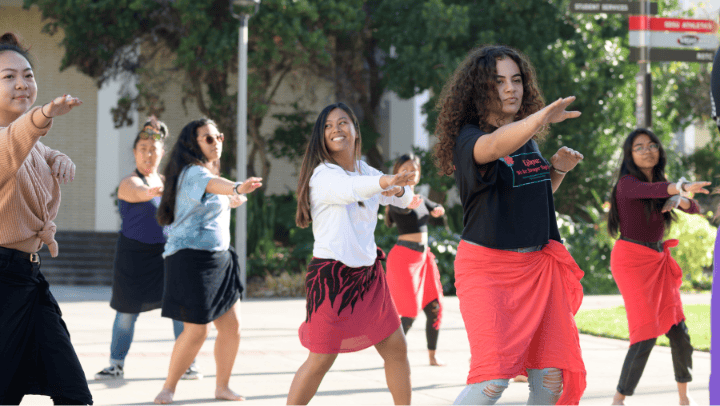A Different Lens
Ranin Kazemis expertise strengthens Middle East studies in the College of Arts and Letters.

Cataclysmic events and heroic figures are often the marrow of historical research, but in recent decades, a growing number of social historians have viewed the past through a different lens.
They examine the role of ordinary people in fomenting rebellion, deposing certain leaders, supporting others, and occasionally changing the course of history.
Assistant Professor Ranin Kazemi is among this contemporary breed of historians. He left a tenure-track position at Kansas State University to join San Diego State University's Department of History in fall 2015.
Kazemi holds a Ph.D. from Yale University, and his research has been supported by the Royal Netherlands Academy of Arts and Sciences, the International Institute of Social History and the Woodrow Wilson National Fellowship Foundation.
First stop: Tennessee
Kazemi teaches the history of the Middle East. Born in Babol, Iran, a city near the Caspian Sea, he lived in several different northern towns before his family moved to the countryside when he was a teenager. In Bahnemir, a village that is now a sprawling city, he realized that he could not communicate effectively in the local dialect, an experience that he would later understand as indicative of his native country’s cultural diversity.
Kazemi came to the United States as a refugee nearly 20 years ago, settling with relatives in Nashville, Tennessee. He spent those initial years working and attending school. Asked about his early impressions of this country, he said he appreciated the welcoming disposition of the Nashville residents, but found it “puzzling that in the richest country in the world, there was so much poverty.”
He enrolled at Tennessee State University, a historically African American institution, and learned “a lot about race relations” from fellow students, professors, and the lecturers who came to speak on campus. After a year, he transferred to Middle Tennessee State University to study with a professor specializing in the history of the Middle East.
World history and English literature were his twin enthusiasms. He studied Chinese, Japanese, South Asian, African, and American history, as well as 19th-century literary giants such as Ralph Waldo Emerson, Emily Dickinson, Jane Austen, Herman Melville, Walt Whitman and Nathaniel Hawthorne.
“I like novelists who write with rich detail about the lives of ordinary people,” Kazemi said, adding that Leo Tolstoy and Charles Dickens are still two of his favorites. It’s not surprising, then, that the focus of his teaching and research is the panoply of 19th-century Middle Eastern history seen through the eyes of minority populations, peasants and the working classes.
Writing about revolution
Kazemi is currently writing a book tracing the material, social and political origins of an early national revolutionary movement in the Middle East—the Tobacco Protest—which swept Iran and the Shi'ite world in 1891-92. The protest was unusually broad-based, drawing support from merchants, intellectuals, religious figures, women and urban and rural dwellers alike.
“In many respects, it was a unifying experience for the country,” Kazemi said, “and it’s part of the larger story of social protest throughout the world during the 19th century. Not all the anti-establishment movements were as successful as this one, but there were a number of other important national protests in what would later become the Global South.”
An indicator of Kazemi's growing stature in the field is his membership on the boards of two prestigious journals devoted to academic scholarship of the Middle East, the International Journal of Middle East Studies and Iranian Studies.



